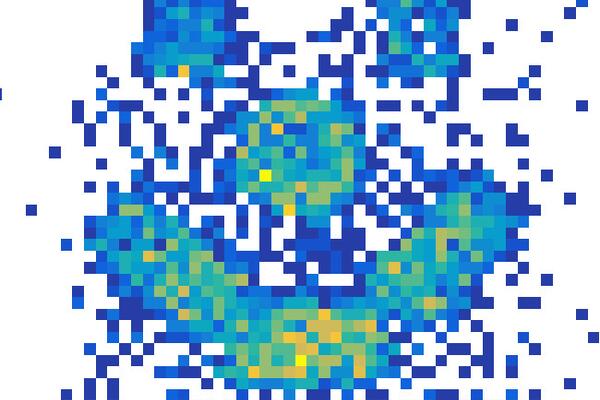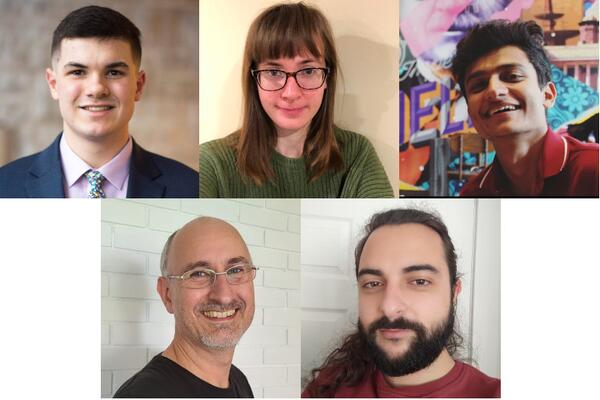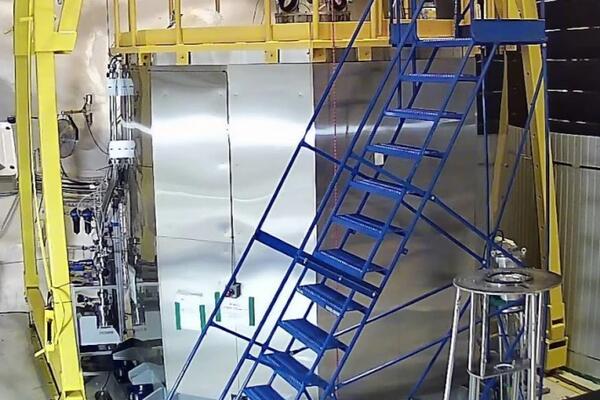The NEWS-G collaboration gathers physicists from around the world interested in developing spherical gaseous detectors or SPCs (Spherical Proportional Counters) for various particle physics applications. Originating from a 2012 symposium in Thessaloniki, the collaboration is led by Gilles Gerbier, holder of a Canada Excellence Research Chair in Particle Astrophysics at Queen’s University (Kingston, ON, Canada).
The novel concept of SPCs was originally proposed by Ioannis Giomataris (IRFU CEA-Saclay), and developed by the Saclay, Thessaloniki, and Zaragoza teams. Specific features of these detectors include their low capacitance, low energy threshold, excellent energy resolution, single readout channel (in its simplest version), low cost, robustness, and flexibility in gas choice and operating pressure. These appealing attributes make many different applications possible including coherent elastic neutrino-nucleus scattering (CeνNS) studies, double beta decay searches, gamma-ray spectroscopy, neutron spectroscopy and, last but not least, dark matter detection.
Searching for Light Dark Matter with NEWS-G
NEWS-G @ LSM
A 60 cm diameter SPC prototype (SEDINE) made of high purity copper has been set-up at the Laboratoire Souterrain de Modane (LSM) by the IRFU and LSM teams. Initially intended to measure neutron energy spectra, it allowed to established in 2017 a new world-leading constraint on the WIMP elastic scattering cross section for a WIMP mass of 0.5 GeV.
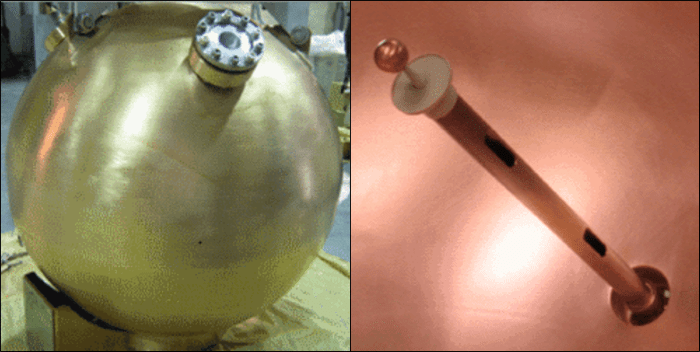
NEWS-G @ SNOLAB
From 2016 to 2020, the collaboration built a 1.4 m diameter detector with improved shielding, lower backgrounds, and a lower energy threshold. The detector and lead shield was install at LSM in 2019 with a temporary water shield. Data taken using pure methane (CH4) as a target gas during the August to October 2019 allowed to validate the performance of the detector, and to produce new leading limits for spin dependent WIMP interactions from 0.2 to 1 GeV.
The detector was then installed at SNOLAB in 2020-2021, managing the challenges of the COVID-19 pandemic. First signals were observed in summer 2021. After a long commissioning phase, quality data started being produced in summer 2022.
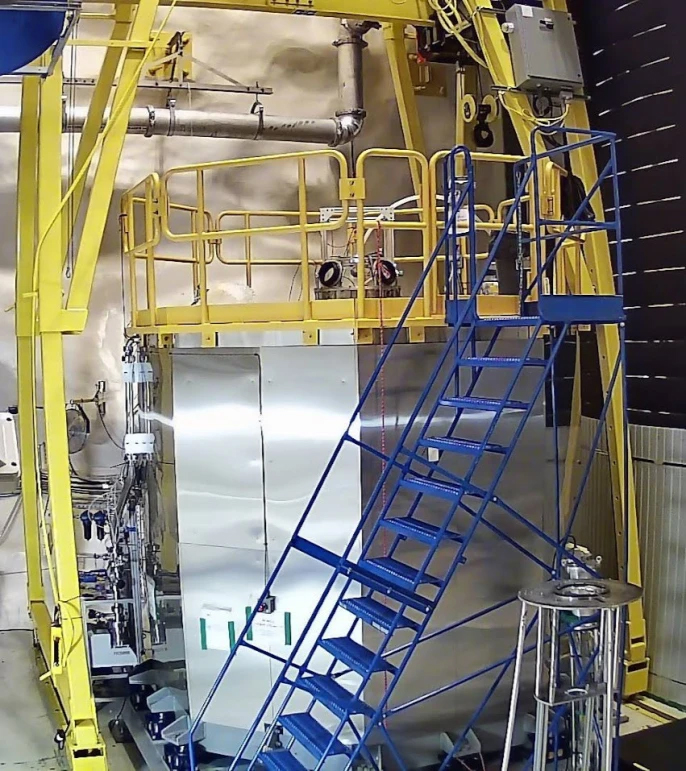
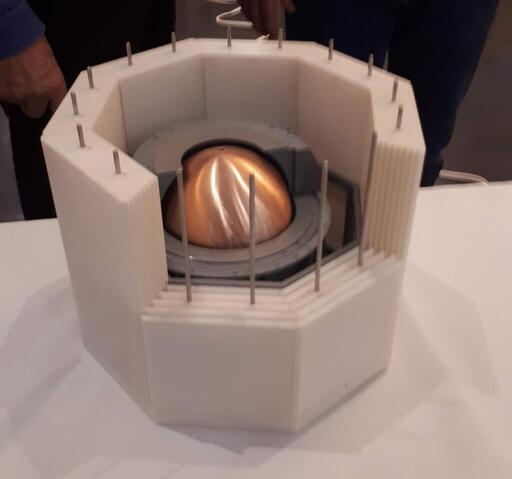
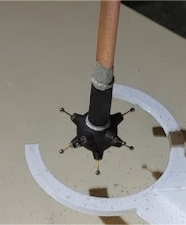
 Queen's Physics Department
Queen's Physics Department
